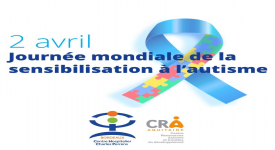Cortical gene expression architecture links healthy neurodevelopment to the imaging, transcriptomics and genetics of autism and schizophrenia
Nat Neurosci. 2024 Apr 22. doi: 10.1038/s41593-024-01624-4. Online ahead of print.
ABSTRACT
Human brain organization involves the coordinated expression of thousands of genes. For example, the first principal component (C1) of cortical transcription identifies a hierarchy from sensorimotor to association regions. In this study, optimized processing of the Allen Human Brain Atlas revealed two new components of cortical gene expression architecture, C2 and C3, which are distinctively enriched for neuronal, metabolic and immune processes, specific cell types and cytoarchitectonics, and genetic variants associated with intelligence. Using additional datasets (PsychENCODE, Allen Cell Atlas and BrainSpan), we found that C1-C3 represent generalizable transcriptional programs that are coordinated within cells and differentially phased during fetal and postnatal development. Autism spectrum disorder and schizophrenia were specifically associated with C1/C2 and C3, respectively, across neuroimaging, differential expression and genome-wide association studies. Evidence converged especially in support of C3 as a normative transcriptional program for adolescent brain development, which can lead to atypical supragranular cortical connectivity in people at high genetic risk for schizophrenia.
PMID:38649755 | DOI:10.1038/s41593-024-01624-4




